SOURCE: AFI

The Indian Army’s Northern Command recently showcased its unwavering resolve in a field firing exercise conducted under harsh winter conditions. The exercise, which involved the use of Anti-Tank Guided Missiles (ATGMs) and rocket launchers, was a testament to the soldiers’ ability to operate effectively in extreme environments.
A video shared by the Army on social media platform X (platform name can’t be specified) depicted the soldiers braving the freezing temperatures as they engaged in precision firing of ATGMs, mortars, and rocket launchers. This exercise served as a critical training opportunity, sharpening their skills to achieve the ultimate goal of “One Missile, One Tank” accuracy.
Continue readingSOURCE: RAUNAK KUNDE / NEWS BEAT / IDRW.ORG

India’s long-delayed Intermediate Jet Trainer (IJT) program, spearheaded by Hindustan Aeronautics Limited (HAL), might finally be taking flight. Sources close to the project have indicated to idrw.org that production could be nearing reality after the IJT undergoes a significant redesign and upgrades.
The program is expected to complete all developmental trials following a major overhaul. This overhaul included a redesign of the IJT’s tail section and substantial upgrades to its avionics and other systems. These changes address concerns raised earlier regarding the aircraft’s performance.
Continue readingSOURCE: RAUNAK KUNDE / NEWS BEAT / IDRW.ORG

In a move that could revolutionize aerial surveillance and communication in India, Abu Dhabi’s Mira Aerospace and Indian startup VEDA Aeronautics have joined forces to develop a strong foothold in the High-Altitude Pseudo Satellites (HAPS) market.
HAPS are solar-powered drones designed to operate for extended periods in the stratosphere, offering a unique combination of benefits over traditional satellites and drones. They can provide persistent coverage over a large area without the complexity and cost of launching a satellite while offering greater endurance than conventional drones.
Continue readingSOURCE: RAUNAK KUNDE / NEWS BEAT / IDRW.ORG
Leaked sketches have revealed India’s progress on a crucial element of its long-range surface-to-air missile (LRSAM) program. The Defence Research and Development Organisation (DRDO) is developing a mobile High Power Radar (HPR) designed to bolster the Indian Air Force’s (IAF) air defence capabilities.
This HPR system could be a vital component of the upcoming LRSAM program. The radar, with a weight of 30 tons and a transportable antenna measuring 10 meters by 6 meters, will provide superior detection capabilities. The carrier vehicle boasts a 60-ton load capacity and a travel speed of 20 kilometres per hour, ensuring mobility for deployment across various terrains.
Continue readingSOURCE: AFI

The reflector dish, a key component of the NASA-ISRO SAR (NISAR) mission, has taken an unexpected journey. Teams identified potential overheating issues with the 12-meter reflector, prompting its return to the United States for a special coating application.
The large, gold-plated mesh reflector, provided by NASA, is designed to focus radar signals for the mission. However, recent tests conducted by the Indian Space Research Organisation (ISRO) indicated the reflector might experience higher-than-expected temperatures during flight. To prevent potential deployment failure due to heat, a special coating is being applied to reflect solar radiation and keep temperatures under control.
Continue readingSOURCE: AFI

Pakistan’s Air Force (PAF) recently released a video highlighting its modernization efforts under Air Chief Marshal Zaheer Ahmed Baber Sidhu. The video included a glimpse of the Chinese FC-31, a fifth-generation fighter jet, confirming Pakistan’s plans for acquisition.
Reports suggest Pakistan’s ambitions go beyond mere purchase. The plan, some sources claim, involves joint production of the FC-31 within Pakistan with Chinese support before the 2030s. This could potentially utilize the existing PAC facility currently manufacturing JF-17 fighters for the PAF.
Continue readingSOURCE: IDRW.ORG TEAM.
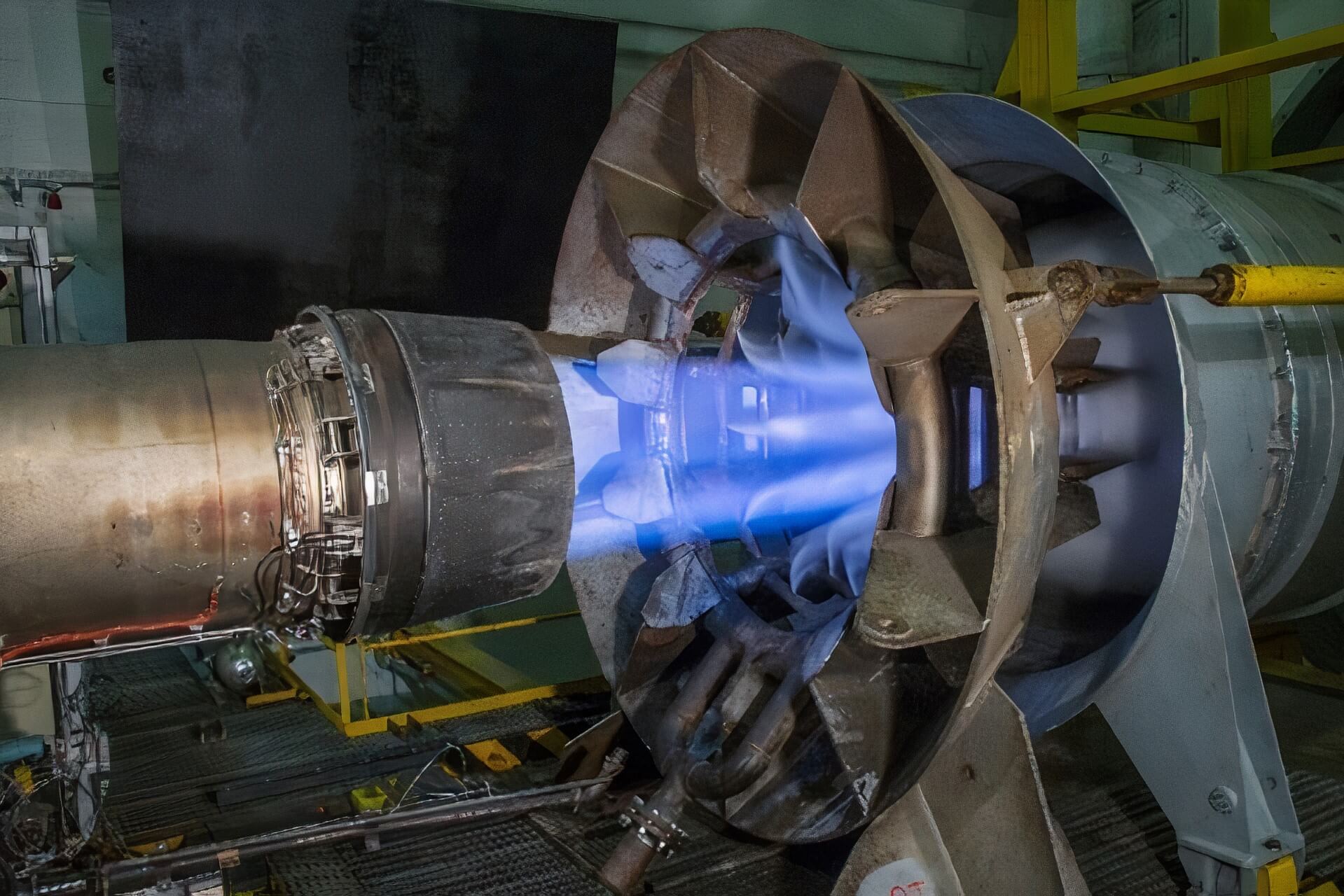
India’s ambitious plans for its 5th generation Advanced Medium Combat Aircraft (AMCA) program take a significant step forward with the hunt for an engine development partner. Sources close to the program reveal that the Defence Research and Development Organization’s Gas Turbine Research Establishment (GTRE) is actively courting foreign collaboration.
GTRE aims to finalize a partner by mid-2024, paving the way for a contract later this year or early next year. This partnership is vital for developing a new 5th generation engine capable of generating 110-130kN thrust, a significant upgrade for the AMCA MkII variant.
Continue readingSOURCE: IDRW.ORG TEAM.
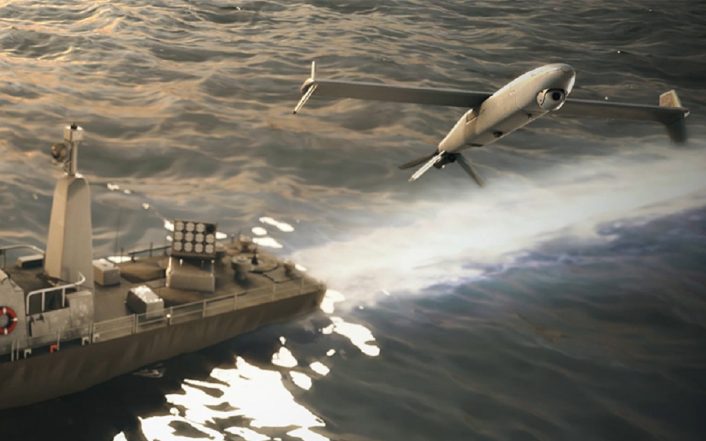
Defense Minister Rajnath Singh emphasized the growing threat posed by drones in modern warfare during a meeting with the Indian Navy’s top brass on Tuesday. He urged the Navy to prioritize preparedness to counter such challenges.
This call to action comes amidst the Navy’s ongoing efforts to integrate drone capabilities into its operations. The planned incorporation of loitering munitions on frontline warships signifies a strategic move towards long-range engagement of sea-based targets.
Continue readingSOURCE: AFI
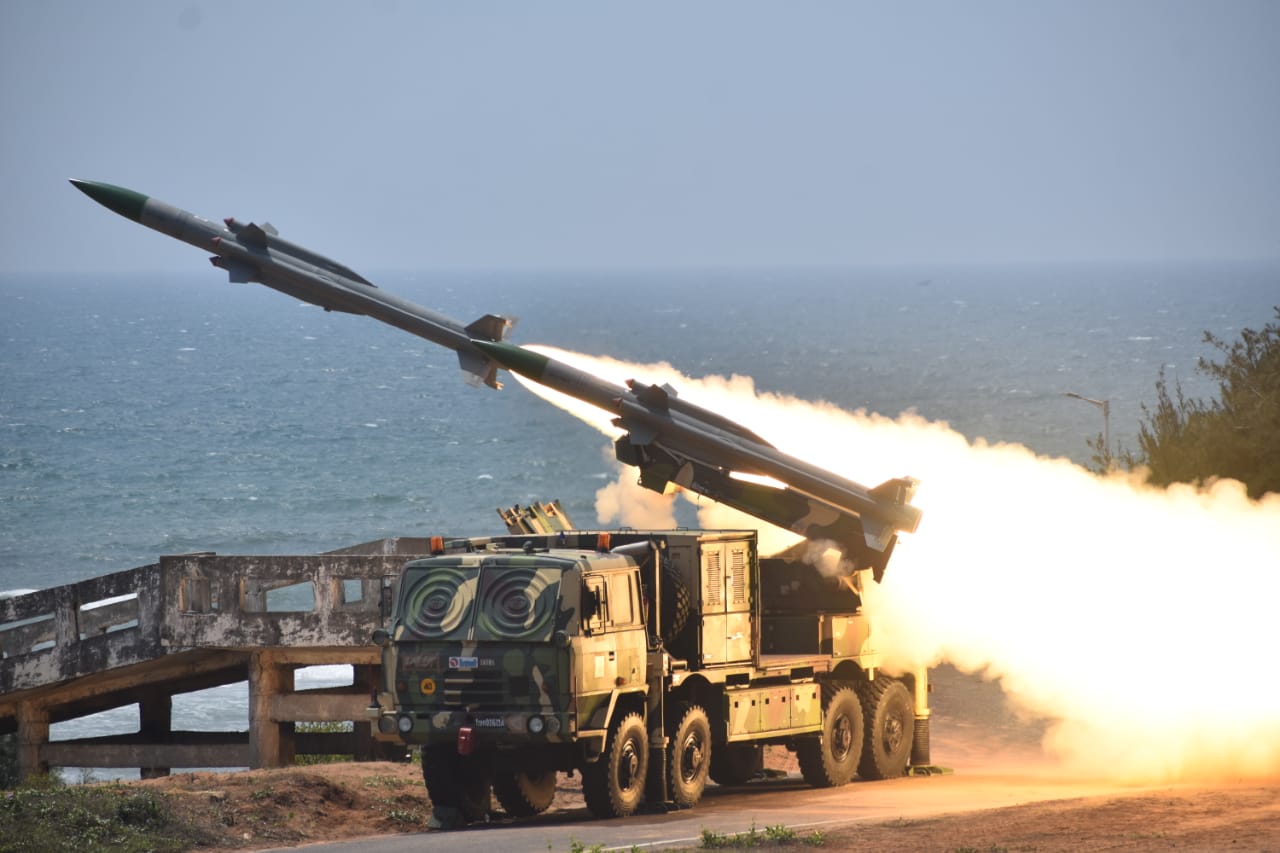
The Indian Army’s Western Command, spearheaded by its valiant Vajra Air Defence Warriors, recently conducted a successful live-fire exercise involving the Akash missile system. This exercise served to demonstrate and validate the system’s effectiveness against modern aerial threats.
The live firing focused on simulating real-world scenarios, specifically honing the ability to engage Unmanned Aerial Vehicles (UAVs) and standoff weapons with pinpoint accuracy. This exercise underscores the Indian Army’s commitment to staying ahead of the curve in air defense capabilities, as UAVs and standoff weapons have become increasingly prevalent on the modern battlefield.
Continue readingSOURCE: IDRW.ORG
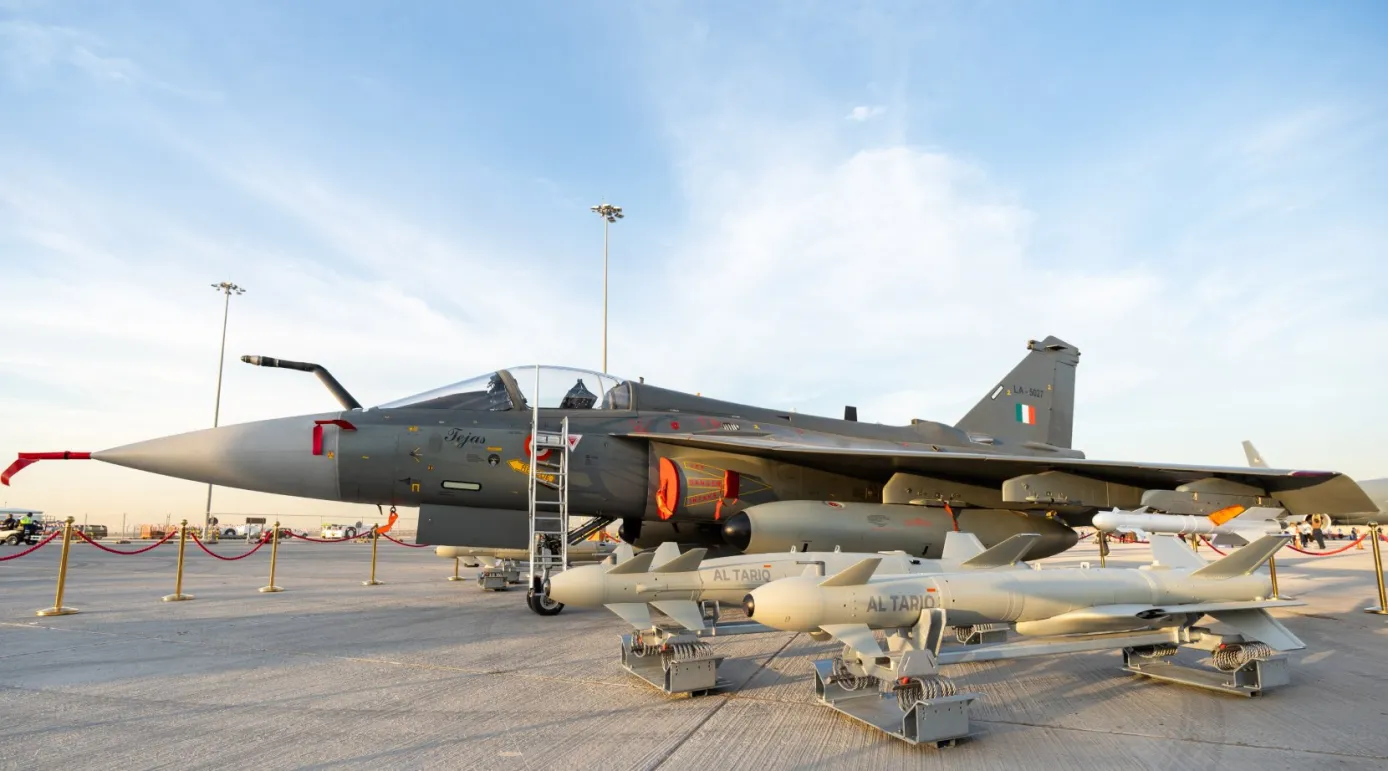
EDGE Group, a leading UAE-based technology and defense company, has expressed its interest in collaborating with India on the production of its AL TARIQ smart weapons. This move signifies a potential boost to India’s indigenous defense capabilities.
EDGE Group’s Managing Director & CEO, Hamad Al Marar, has proposed the transfer of AL TARIQ technology to India, enabling local production by Bharat Dynamics Limited (BDL). This collaboration could lead to significant benefits for both countries.
Continue readingSOURCE: AFI
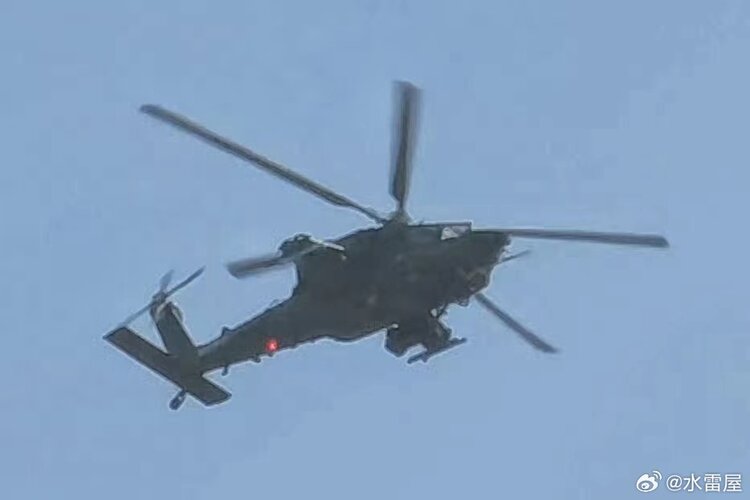
China has unveiled a new heavy attack helicopter design, signifying its growing ambitions in the attack helicopter domain. The helicopter bears a resemblance to the well-established AH-64 Apache, raising questions about potential inspiration and capabilities.
The new Chinese helicopter shares some visual similarities with the American AH-64 Apache, particularly in its overall layout and tandem cockpit configuration. This has led to speculation that the Chinese design might draw upon aspects of the Apache, but the extent of this influence remains unclear.
Continue readingSOURCE: RAUNAK KUNDE / NEWS BEAT / IDRW.ORG

India’s ambitious 5th generation Advanced Medium Combat Aircraft (AMCA) program will be taking a crucial step towards achieving true aerial dominance. A key feature of the AMCA will be Low Probability of Intercept (LPI) technology, a cornerstone of modern stealth aircraft.
LPI radars are a cornerstone of modern aerial warfare. They function by minimizing an aircraft’s radio frequency (RF) emissions, making them significantly harder to detect by conventional radar systems.
Continue readingSOURCE: RAUNAK KUNDE / NEWS BEAT / IDRW.ORG

Dr Avinash Chander, a former head of the Defence Research and Development Organisation (DRDO), has reignited discussions regarding the development of a longer-range tactical ballistic missile. Dr Chander, while speaking to Nitin A. Gokhale of Bharat Shakti, proposed the development of a tactical missile with a range of 1200 to 1500km. He emphasized the potential for a cost-effective approach to this project.
India’s existing tactical missile arsenal includes the Pralay, a short-range ballistic missile with a maximum range of 500km. This missile is specifically designed for battlefield deployment and will be integrated into the Integrated Rocket Force (IRF).
Continue readingSOURCE: RAUNAK KUNDE / NEWS BEAT / IDRW.ORG
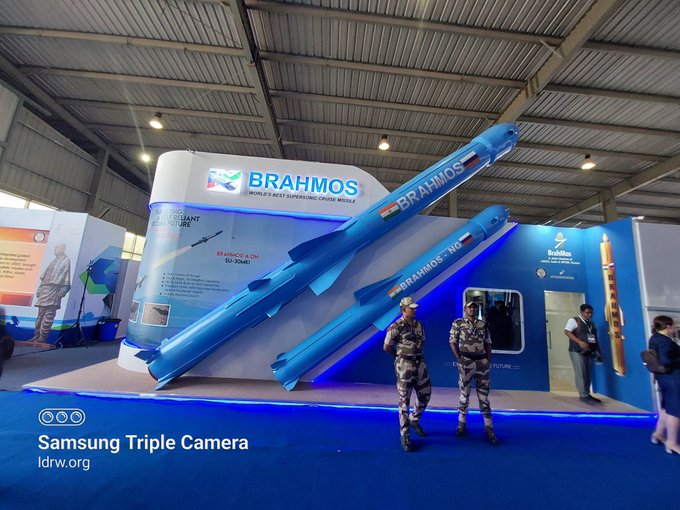
India’s BrahMos Corporation is gearing up for a significant advancement in its missile technology with the New Generation (NG) BrahMos cruise missile. This lighter and smaller variant of the existing BrahMos promises enhanced capabilities for the Indian Air Force.
As per recent announcements by Atul Dinkar Rane, Director General of DRDO and CEO & MD of BrahMos Aerospace, the BrahMos NG is on track for a series of crucial tests. By mid-2025, the program expects to commence drop and dummy testing. These initial trials focus on validating the missile’s aerodynamic design and separation mechanism from the launch platform before progressing to powered flight.
Continue readingSOURCE: AFI

The Indian Army is set to acquire a new weapon system designed to significantly enhance the operational capabilities of its mechanized infantry and armored units. The program focuses on procuring Canister-Launched Anti-Armour Loiter Munition (CALM) systems, offering several key advantages.
According to a recent procurement notice, the Indian Army aims to integrate CALM systems onto various platforms including T-72 and T-90 tanks, BMP-2 armored vehicles, mortar carriers, and reconnaissance vehicles. This integration will provide a vital remote-controlled attack capability, allowing troops to engage targets beyond their visual range.
Continue reading